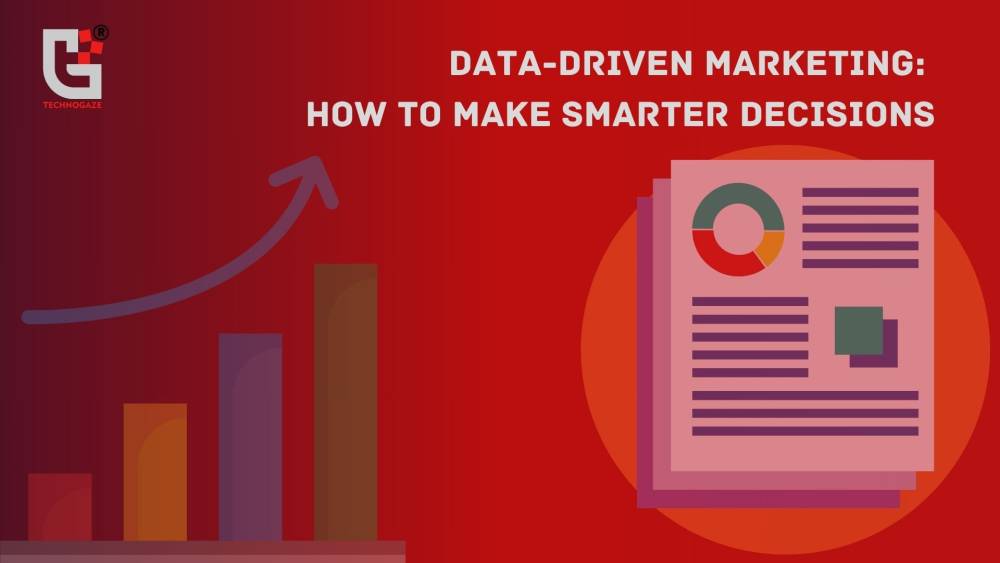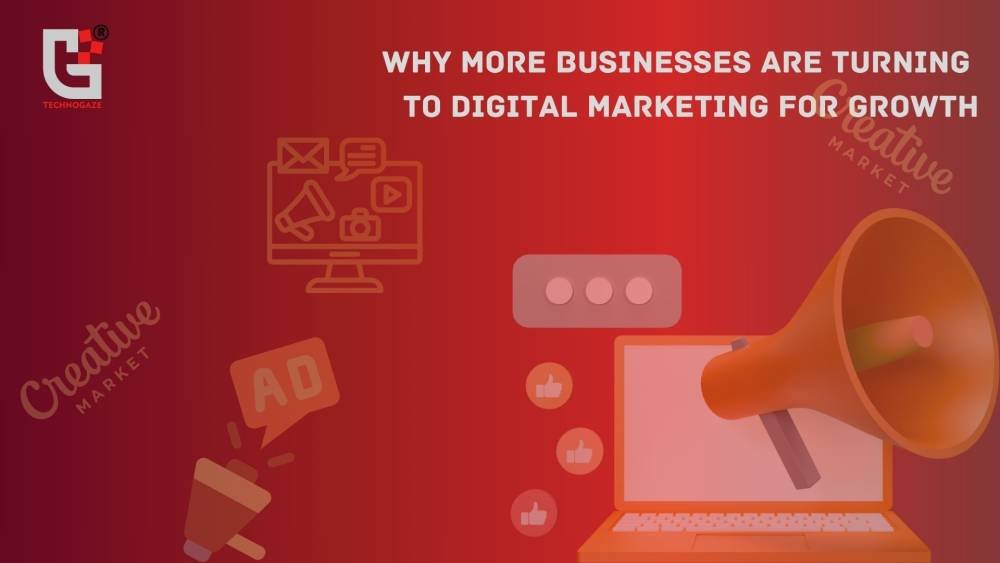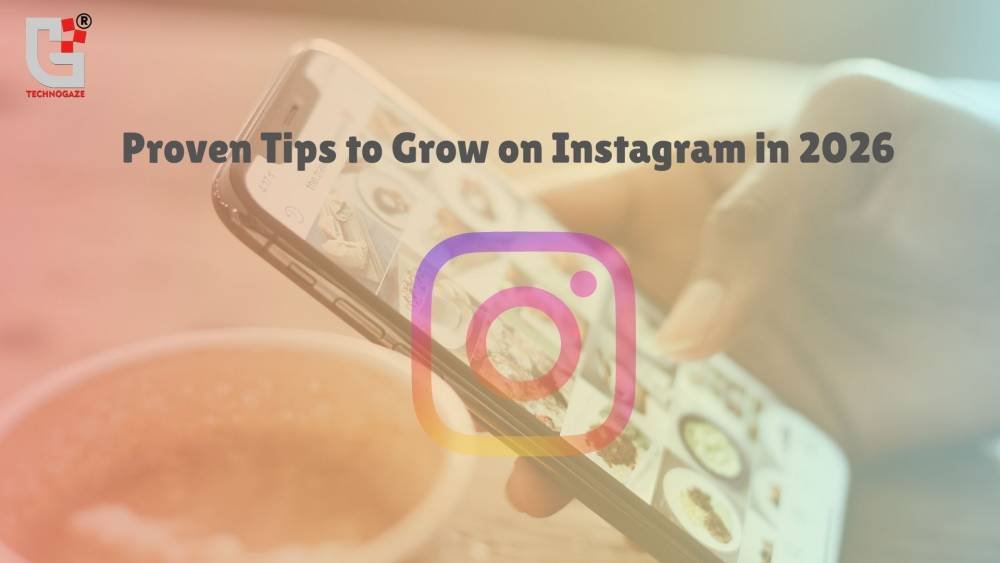
Google Analytics 4 (GA4) is Google’s most recent web analytics platform, developed to offer a unified and in-depth understanding of user interactions across both websites and mobile applications. With the growing emphasis on data-driven marketing, GA4 introduces advanced capabilities that enable businesses to extract deeper insights, track user interactions more effectively, and optimize marketing strategies with greater precision.
A primary benefit of GA4 is its event-driven data model. Unlike Universal Analytics, which relied on sessions and pageviews, GA4 captures all user interactions—such as clicks, scrolls, and video views—as distinct events, enabling more detailed and flexible tracking. This approach gives marketers a more granular view of user behavior, allowing them to analyze specific actions such as clicks, scrolls, downloads, video plays, and more. With this detailed tracking, marketers can measure what truly matters to their business, rather than relying solely on pageview metrics.
GA4’s predictive capabilities are another valuable feature for marketers. Powered by machine learning, GA4 can automatically identify trends in your data and alert you to significant changes. For example, it can predict potential revenue from certain segments or identify users likely to churn. These insights enable proactive marketing strategies, helping businesses target the right users with the right message at the right time.
Cross-platform tracking is also a game-changer in GA4. With consumers engaging across websites, mobile apps, and other digital platforms, having a unified view of user journeys is crucial. GA4 enables tracking of individual users across multiple devices and platforms, providing a holistic view of customer interactions throughout their journey. This holistic approach helps marketers understand which channels are driving conversions, where users are dropping off, and how to improve the customer experience.
GA4's seamless integration with Google Ads enables more accurate tracking of advertising performance, allowing marketers to analyze user behavior post-click and optimize campaigns based on real conversion data. Marketers can connect GA4 with their Google Ads account to see how users interact with ads and what actions they take afterward. This data is critical for refining ad targeting, budgeting, and creative strategies. By analyzing the post-click behavior of users, businesses can identify high-performing keywords, optimize landing pages, and allocate resources more effectively.
The flexible reporting structure in GA4 gives marketers more control over how they view and analyze data. While Universal Analytics had a fixed set of reports, GA4 lets users customize reports based on their specific needs. The Analysis Hub in GA4 provides various techniques such as funnel analysis, path exploration, and segment overlap. These tools allow marketers to dive deep into user behavior and identify trends, bottlenecks, and opportunities for growth.
Audience creation is more powerful in GA4. Marketers can define specific user segments based on behavior, demographics, and technology, then use these segments to create more personalized marketing campaigns. For instance, you can create an audience of users who viewed a product but didn’t purchase and target them with retargeting ads or email campaigns. This behavior-based segmentation increase the marketing effectiveness and return on investment.
GA4 also improves data privacy and compliance, which is increasingly important in today's regulatory environment. With features like data deletion requests and customizable data retention settings, businesses can respect user privacy while still gathering valuable insights. This helps marketers stay compliant with regulations like GDPR and CCPA while maintaining trust with their audiences.
Another critical area where GA4 helps is in understanding the customer lifecycle. The platform is structured around the customer journey—acquisition, engagement, monetization, and retention. This lifecycle-focused view helps marketers analyze which sources bring in new users, how those users interact with content, what drives them to convert, and how to retain them over time. Such insights are vital for optimizing marketing strategies at every stage of the funnel.
Setting up conversions in GA4 is simpler and more flexible. Marketers can mark any event as a conversion without the need for custom code or complex setup. This means that important actions like form submissions, purchases, or even video views can be tracked as conversions, providing clear indicators of marketing success. With this flexibility, businesses can align their analytics more closely with their marketing goals.
GA4’s real-time reporting is useful for monitoring campaign performance. Marketers can see how users are interacting with their site or app in real time, which is especially helpful during product launches, promotions, or ad campaigns. This immediate feedback allows for quick adjustments and optimizations, ensuring that campaigns are always performing at their best.
In GA4, data-driven attribution replaces the last-click model previously used in Universal Analytics, offering a more accurate distribution of credit across all touchpoints in the user journey. This feature distributes credit for conversions across multiple touchpoints based on how users interact with your content. By understanding the complete path to conversion, marketers can better evaluate the true impact of each marketing channel and allocate budgets more effectively.
GA4’s integration with BigQuery unlocks powerful capabilities for advanced, large-scale data analysis and custom reporting. Marketers can export raw data to BigQuery and run complex queries, combine it with other datasets, and create custom dashboards. This level of flexibility is ideal for large organizations or data-driven marketers looking to extract deeper insights and uncover hidden trends.
For content marketers, GA4 provides valuable insights into how content is performing. By tracking engagement metrics such as scroll depth, video interaction, and time spent on page, marketers can identify which content resonates most with their audience. This allows for better content planning, optimization, and personalization, leading to more effective content marketing strategies.
GA4 also supports enhanced eCommerce tracking. Businesses can monitor product views, add-to-cart actions, purchases, and revenue. With detailed eCommerce data, marketers can analyze which products are popular, understand shopping behaviors, and optimize their product pages for better performance. These insights are essential for increasing sales and customer satisfaction.
In summary, Google Analytics 4 offers a comprehensive toolkit for modern marketers. From advanced event tracking and predictive insights to cross-platform analysis and improved reporting, GA4 equips businesses with the data they need to make informed decisions. By utilizing these capabilities, marketers can achieve more precise audience insights, enhance campaign performance, and generate more effective outcomes.
To truly benefit from GA4, marketers should ensure proper setup, including defining key events, linking with other Google tools, and regularly analyzing performance. While the platform may require a learning curve for those used to Universal Analytics, the investment in understanding GA4 will pay off with more actionable insights and improved marketing effectiveness. Embracing GA4 is not just about adapting to change—it’s about unlocking new opportunities in a data-driven digital landscape.
Latest Posts
-
1December 20, 2025
-
2November 22, 2025
-
3November 15, 2025
-
4
-
5October 11, 2025








